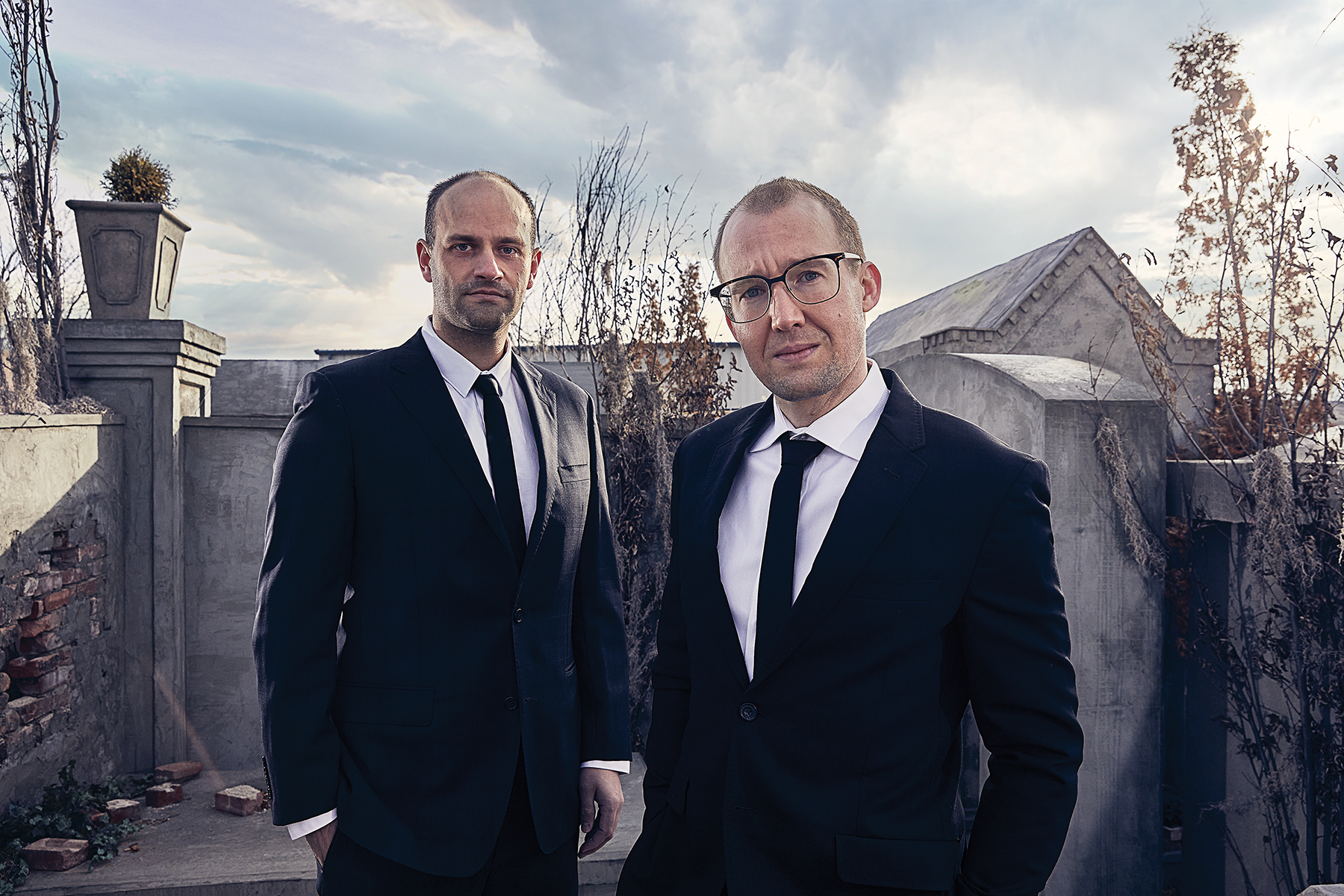In the anxiety-filled early days of the COVID-19 pandemic, Dr. Marc Curial had a “close call” in the emergency room at the Misericordia, while intubating a patient who was close to death from respiratory failure.
Stubble on the ER physician’s face meant his N-95 mask wasn’t fitting tightly. This was the first intubation he’d done since COVID-19 arrived in Canada, and the procedure generates aerosols — a fine spray of water droplets known to contain and transmit the virus.
“I had an air leak the entire procedure and I’m thinking, ‘What am I bringing home to my kids and my wife tonight — am I inhaling COVID this entire time?’” says Curial. “At dinner that night, the conversation was around, if I test positive, where am I sleeping? Am I going to a hotel? What do we do for the kids? It was worst-case scenario planning.”
It turned out the patient had pneumonia, not COVID-19, so Curial got a reprieve, albeit a temporary one. The 35-year-old works full time in the Misericordia hospital emergency room. He’s had over a half-dozen COVID tests since the pandemic began.
The experience inspired him to create a new medical device: An aerosol containment tent that offers doctors and nurses an extra layer of protection against infection from aerosols.
Curial has dubbed it the “virus vacuum.”
It’s a portable tent that creates negative pressure around a patient’s head and neck during high-risk procedures like intubations, preventing aerosols from escaping into the air around the patient.
As the pandemic worsened, Curial says, hospitals received guidance that any aerosol-generating procedure should be done under negative pressure.
The Misericordia has two negative-pressure rooms, but the logistics of moving patients in and out of them can limit their use, and they’re always occupied, he says.
“I’ve done one intubation in the past year under negative pressure, when the guidelines are that every single one should be,” he says, adding that some hospitals, particularly in rural areas, don’t have any negative-pressure capacity at all.
